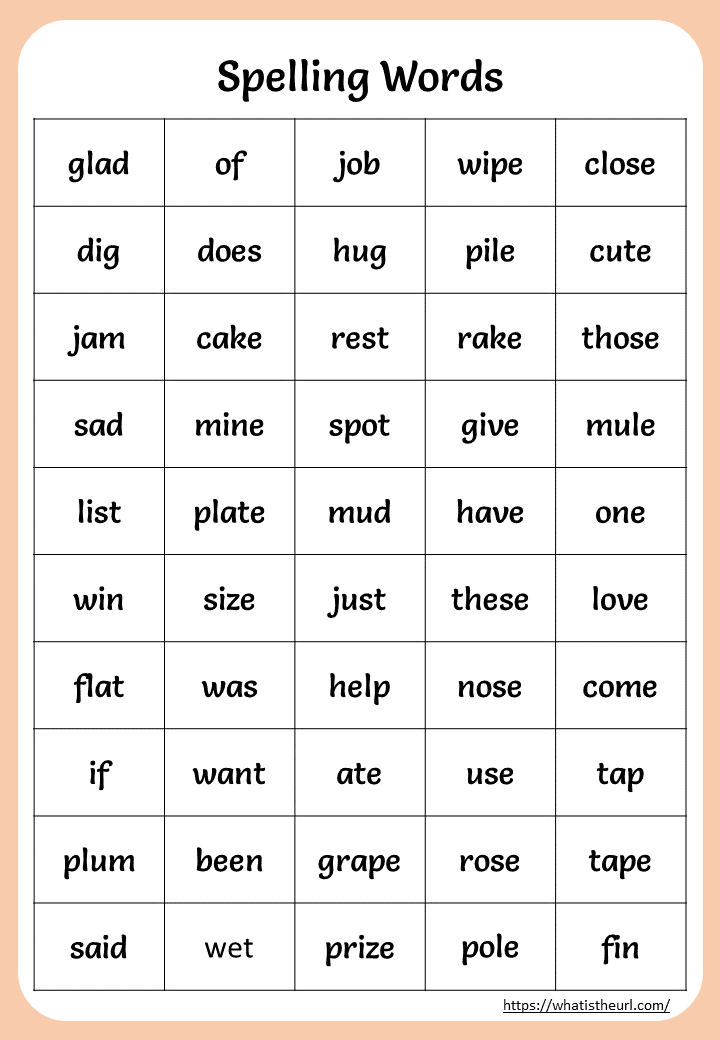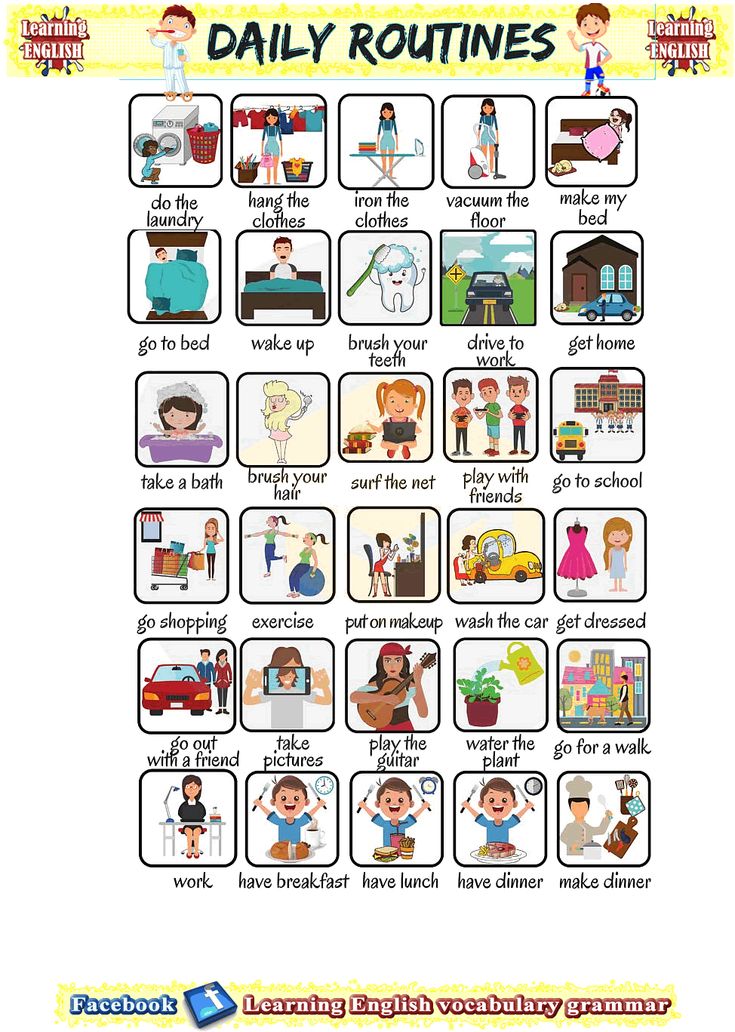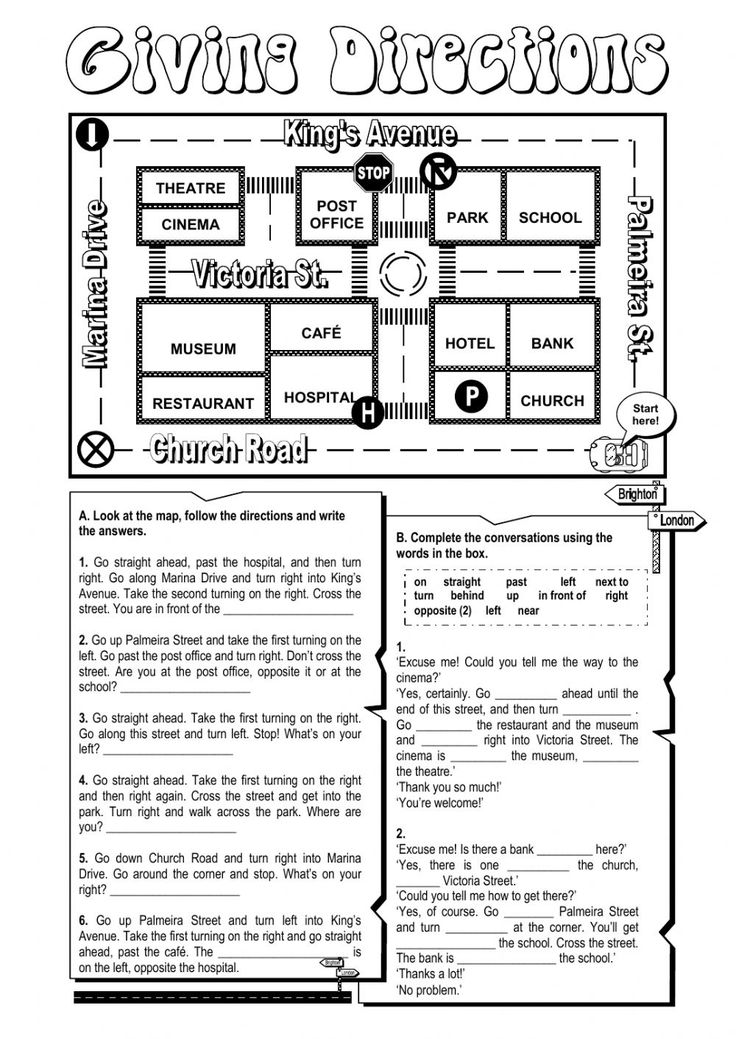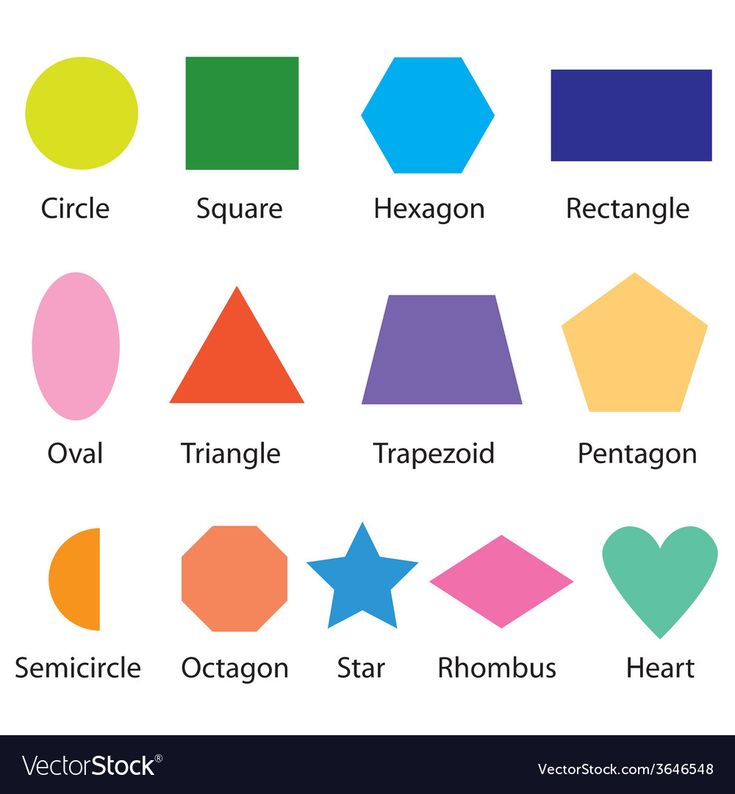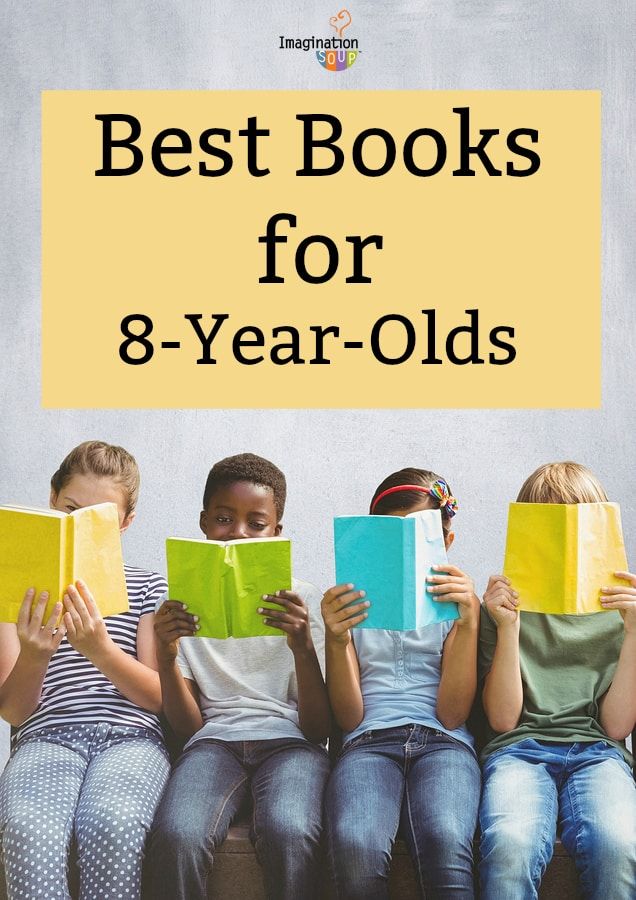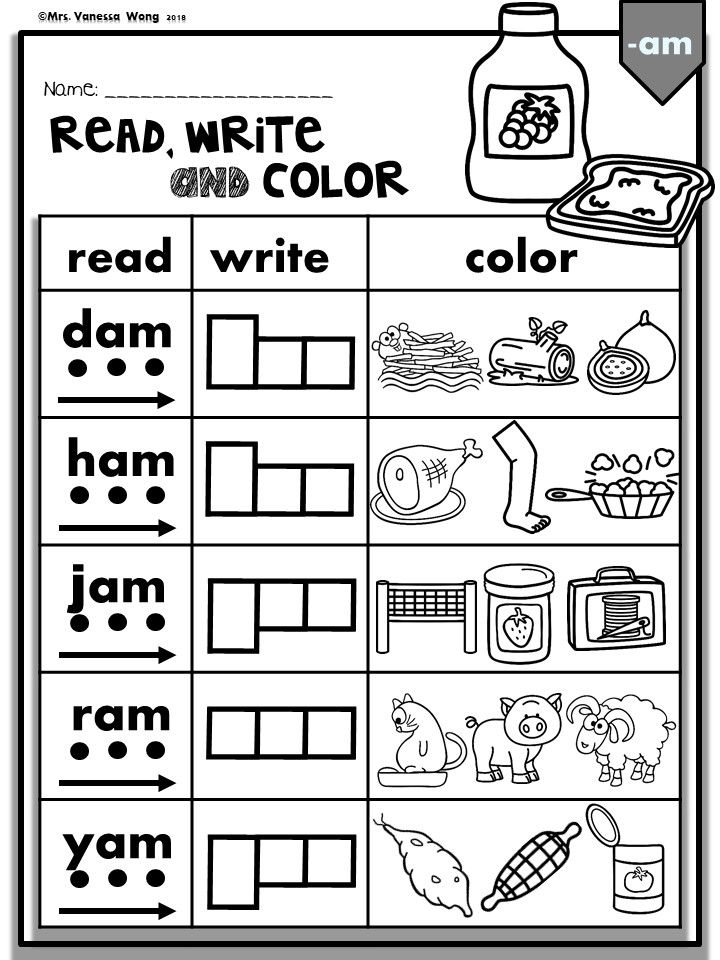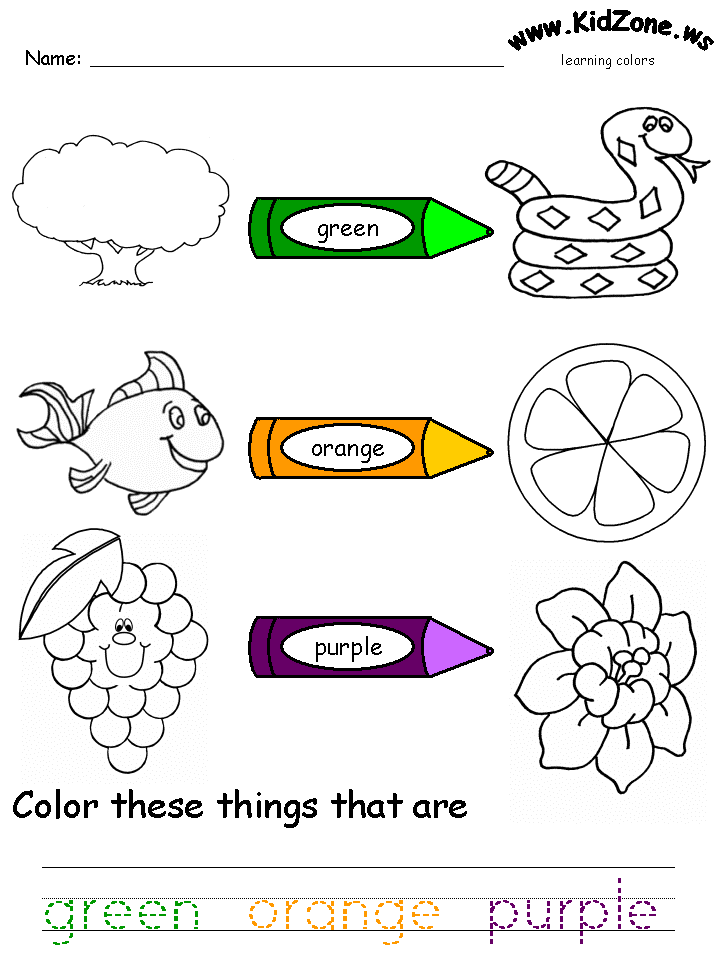Teaching writing the alphabet
5 Ways to Teach the Alphabet
Disclosure: This post contains affiliate links to Amazon. See my disclosure for details.
Teaching the alphabet is foundational for reading and writing. Around the age of 2, children begin showing interest in learning alphabet letters. While some kids learn letters very quickly, others need more repetition and time to learn letters. Today I’m going to share with you some of my favorite ways to teach the alphabet to little ones.
Here’s what a preschooler should know before kindergarten:
- Recite/sing the alphabet
- Identify uppercase letters
- Identify lowercase letters
- Match uppercase letters to lowercase letters
- Identify the sounds each letter makes
- Traces letters
- Write some alphabet letters
Here are my five favorite ways to teach the alphabet to children.
1. Read Alphabet Books
Read all sorts of alphabet books to your children, even starting as babies. The repetition will really help your child learn the alphabet at a young age. When my oldest was born, I was surprised at how many alphabet books we had been given as gifts. We loved reading all of them because they were different from each other. I found that around 18 months both my kids really started enjoyed reading alphabet books. Here are a few of our alphabet books:
Here are some of our favorite alphabet books.
The Three Bears ABCChicka Chicka Boom Boom (Board Book)Eating the AlphabetThe Farm Alphabet BookG is for GoatHarold’s ABC (Purple Crayon Book)I Stink! (Kate and Jim Mcmullan)Bad KittyThe Letters Are Lost!AlphaOops!: The Day Z Went FirstZ Is for Moose (Booklist Editor’s Choice. Books for Youth (Awards))Q Is for Duck: An Alphabet Guessing GameABC T-RexWork: An Occupational ABC
2. Sandpaper Letters
Using sandpaper letters is a great way to introduce letters to children. My favorite ones are Didax Sandpaper Tracing Letters or School Supply Tactile Letters Kit. This is a perfect pre-writing activity because children use their finger to trace the sandpaper letters. I love that the cards tell the child where to start and which direction to go.
This is a perfect pre-writing activity because children use their finger to trace the sandpaper letters. I love that the cards tell the child where to start and which direction to go.
Sandpaper letters are part of the Montessori approach to learning how to read. These letters provide a tactile and visual way to help children learn the alphabet. In the Montessori method, you teach letters to a child in the 3-period lesson.
1st period is introducing the letter (“this is” period). Show your child the letters. Have them trace the sandpaper letters. The best way to teach children alphabet letters is by telling them their phonetic sound. So each time they trace the letter, say the phonetic sound.
2nd period is association (“show me” stage). Ask your child to follow simple directions with the letters. For example, please pick up the /m/ and set it by the window. Continue to do this with each letter several times to reinforce this.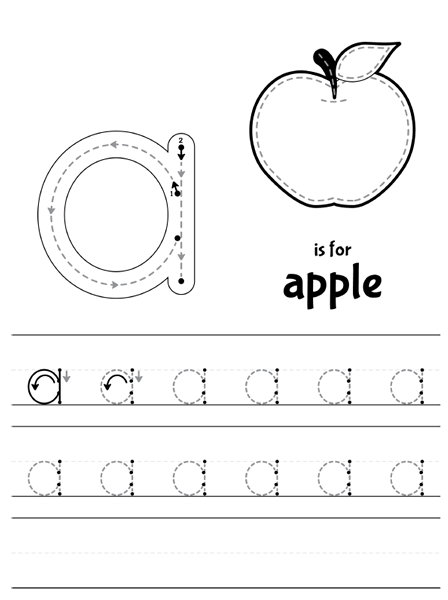 If it is too difficult, return to the first period.
If it is too difficult, return to the first period.
3rd period is recall (“what is this?” period). Only go to this period when they’ve mastered the other two periods. Put a letter in front of the child and say “Can you trace this and tell me what it is?” Continue with the other letters in the same way.
When you use these sandpaper letters, you are teaching them 3 things: the shape of letters, the feel of its shape and how its written, and how you pronounce its sound.
3. Alphabet Puzzles
I think teaching letters with alphabet puzzles are an amazing tool for teaching the alphabet. This is my favorite puzzle, from Melissa and Doug. It’s a beautiful wooden puzzle with neat pictures. This is a great way to practice vocabulary and verbal skills, too.
4. Sensory Activities
While some kids learn letters very quickly, others need more repetition and time to learn letters. I’ve always said that children learn best when they have many multisensory experiences with letters.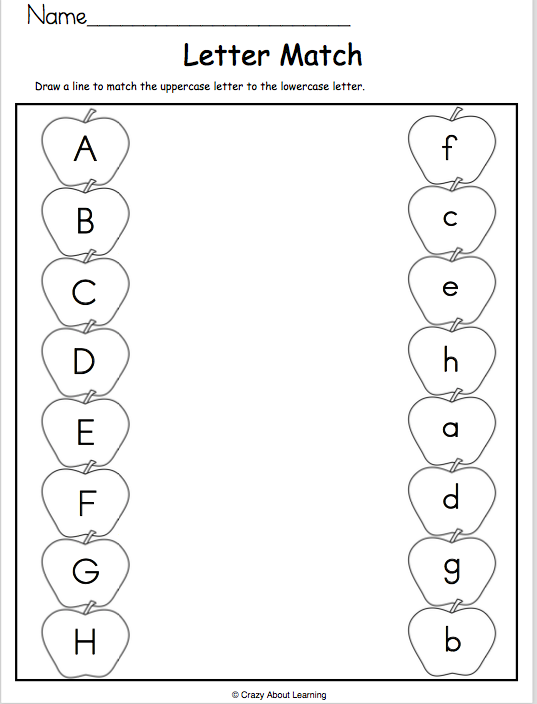
I love to incorporate sensory play into learning alphabet letters. When children have meaningful activities with repeated exposure, they start to pick up on letter names. One way is this alphabet ice excavation activity.
You could also make a colorful sensory bin!
Or practice writing letters in the sand, like this sensory writing tray.
5. Alphabet Printables
I have quite a few alphabet printables on my blog, but here is a set that is easy and fun for preschoolers. You will need Do a Dot Markers or dot stickers to fill in the circles.
I love pulling printables out for a quick and easy activity. I’m always advocating for hands-on learning, but sometimes it’s nice to do a few paper activities. Using Do a Dot markers or dot stickers is great for hand-eye coordination and fine motor skills.
If you’d like to download this printable, just click the button below.
Teaching Preschoolers to Write Letters At Home – Blue and Hazel
Are you wondering how to teach your preschooler to write letters of the alphabet? You can do it! We do this as part of our homeschool preschool and continue practicing for homeschool kindergarten.
Maybe your child is already scribbling down nonsense and calling them letters? That’s a good sign they are ready for more. I’ll share what we’ve done/are doing and my kids’ ages. Each one has been on their own timeline, and I think it’s important not to push that too much.
Writing starts way before letters are formed (think coloring/scribbling), and it will continue to be perfected long after preschool. Writing letters is a process that takes lots of practice! Hopefully this post gives you the confidence to start helping your child learn to write their name and the whole alphabet.
This post contains affiliate links. We are a participant in the Amazon Services LLC Associates Program, an affiliate advertising program designed to provide a means for us to earn fees by linking to Amazon.com and affiliated sites.
What age do kids learn to write letters?
Personally, I’m a fan of waiting till at least age 4 or 5 to begin learning to write letters. But it really depends on your kids eagerness to begin.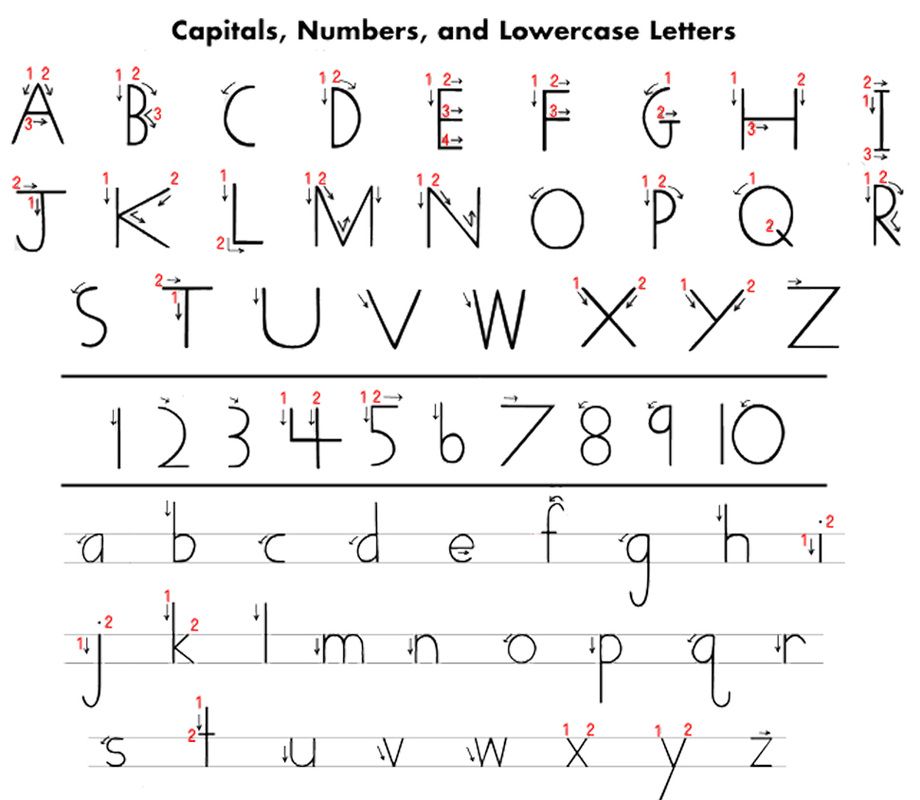
My oldest son learned at age 5.5 ,my daughter was ready by age 4, and my 3rd (a boy) is 4.5 and just starting to show signs he is ready. I’ll probably wait with him till he turns 5 because there is NO RUSH.
If anything, starting too soon and expecting too much too soon can put some serious negative pressure on them when they just aren’t ready yet. I’ve learned this the hard way. Instead, focus on hand strength and coordination through coloring, legos, drawing, and Play Doh.
Learning to write all the letters in their first and last name is one of my goals by the end of our homeschool preschool. Kids begin to do a lot more writing in Kindergarten so it is helpful if they can write some letters by then.
Signs that your child is ready to learn to write letters
Before a child learns to write, they are going to come to the conclusion that letters have meaning.
They see it in books, when you write, on road signs, through shows and apps, and through seeing their name on everything.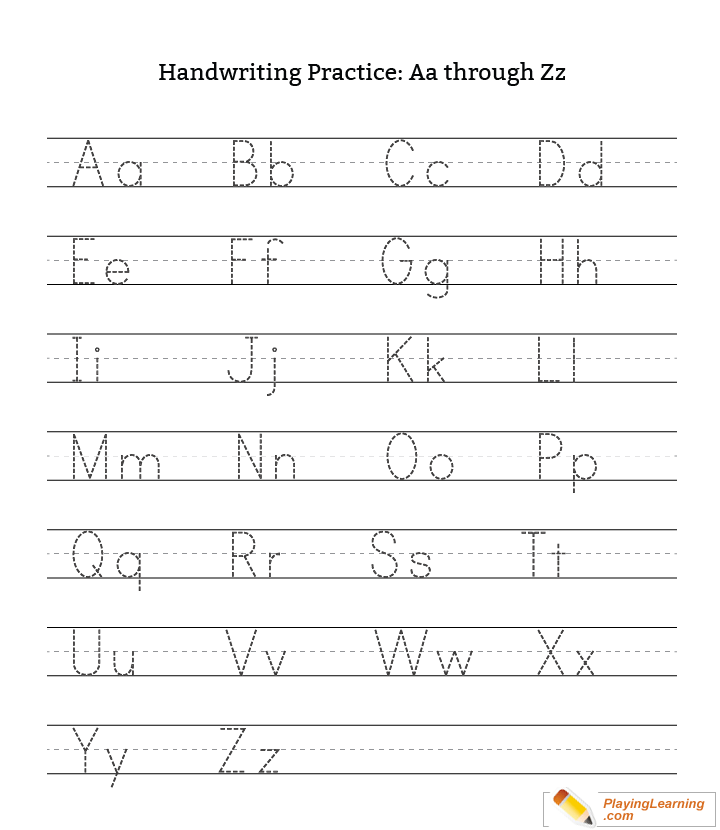 If you feel unsure if your preschooler is ready to write, ask yourself:
If you feel unsure if your preschooler is ready to write, ask yourself:
- Can they recognize letter names when they see them?
- Are they interested or asking how to write a letter? That was my hint!
- Do they pretend to write making scribbles or symbols for their “letters”?
- Do they know how to hold a pencil correctly from drawing and coloring?
- Are they experimenting trying to write letters in their name, even if it’s upside down and backwards?
I love this post on the stages of learning to write and draw. You will be able to see what stage your child is at and if they are developmentally ready!
How to teach a preschooler to write letters
Once your preschooler can recognize certain letters, it will make teaching writing easier. They’ll know what it is supposed to look like, and be familiar with it’s name and general appearance.
I tell everyone to use Busy Toddler’s Playing Preschool for a fun and worksheet free way to do preschool at home. It’s my favorite route to exposing them to the alphabet, songs, books, and more. Each day is short and mapped out for you! Here’s my full review on Busy Toddler’s preschool curriculum.
But to teach letters, I like to casually show them “their special letter”, which is the first letter of their name. Point out letters on cereal boxes and coloring books. Here are a few ways I like to begin teaching them to write letters at home.
1. Do TONS of pre-writing activities before attempting to write letters.
As preschoolers get older, they go from making marks on paper to being able to make circles and lines (or round faces with stick legs)!
Eventually, they can also draw shapes like triangles that use tilted lines. My favorite prewriting booklet is the purple Doodle booklet by The Good And The Beautiful. My kids both loved it. In fact, my reluctant oldest child even enjoyed doodling with this, after we backed off of formal handwriting.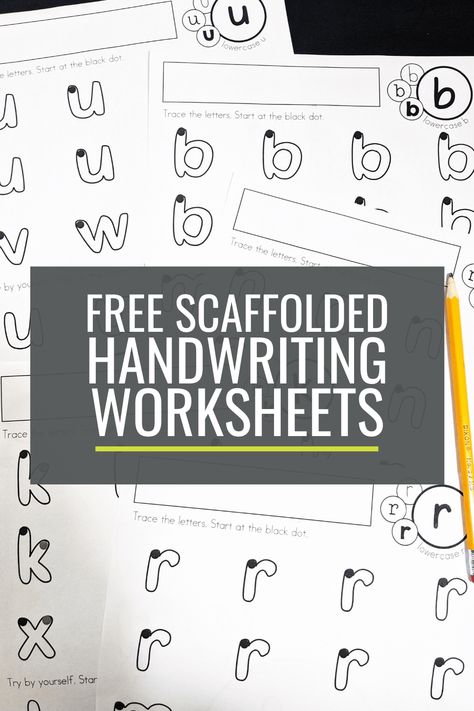 I saw he wasn’t ready and needed more hand coordination and strength!
I saw he wasn’t ready and needed more hand coordination and strength!
2. Strengthen their hands
Anything that works on fine motor skills will help with hand writing later on, like:
- Drawing
- Coloring
- Tracing straight lines, tilted lines, and shapes like circles
- Painting
- Threading fruit loops
- Do A Dot Letter Stamping
- Drawing in salt, dirt, sand, or flour
- Using scissors
- Picking up pom pom balls with tongs
- Tracing fingers over glitter glue letters
3. Show them how to write the letters using sensory activities
Sensory letter writing is a fun way to make letters without having to use a pencil and paper yet. Think forming letters in the dirt or sand.
They can learn the motions and it’s fun! It’s helpful for kids to see you forming a letter, and to have an example to look at. Note that just because they watched you write the letter B top to bottom doesn’t mean they’ll think to do it that way.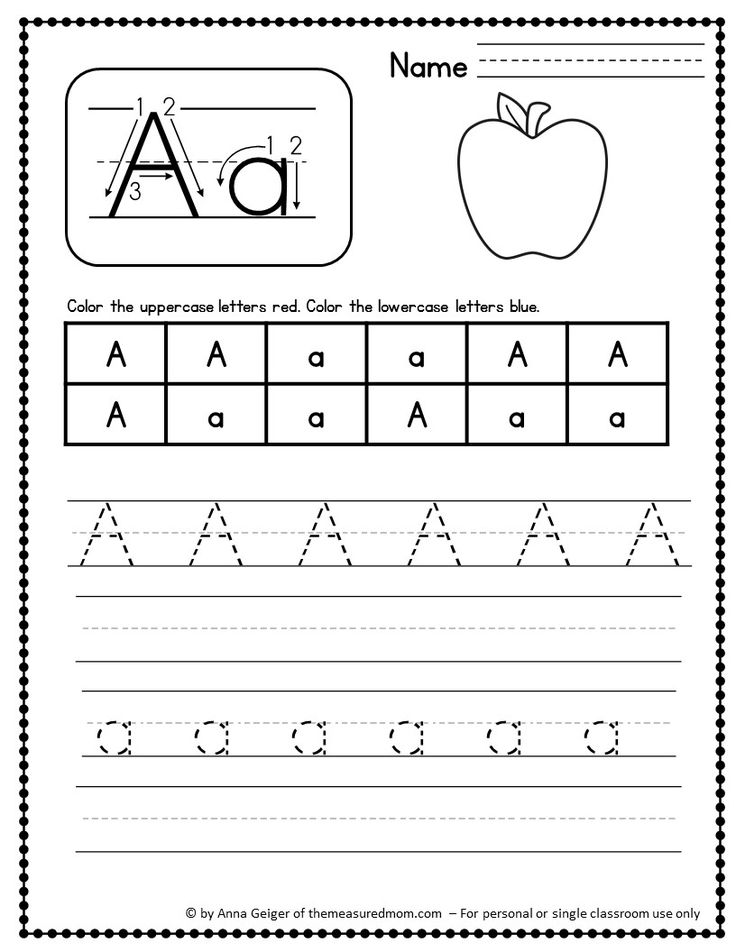
There are lots of fun ways to get preschoolers to start forming letters on their own! Some I’ve seen are:
- Forming letters out of shaving cream or sprinkles in a pan.
- Write out a letter with glue and let your kid place noodles or beans on the glue.
- Bath paint on the wall writing out the letter with their finger
3. Write on blank paper
Since kids tend to start out writing BIG letters, I’ve found it’s easier to start on one letter at a time on a large blank piece of paper.
I usually write out the uppercase or lowercase letter somewhere on the blank paper so they have an example to look at. They can take a different colored marker and trace over your letter.
4. Trace letters on paper
Practicing on lined tracing paper teaches them to pay attention to proportions within the lines, and it’s what they’ll be using in kindergarten.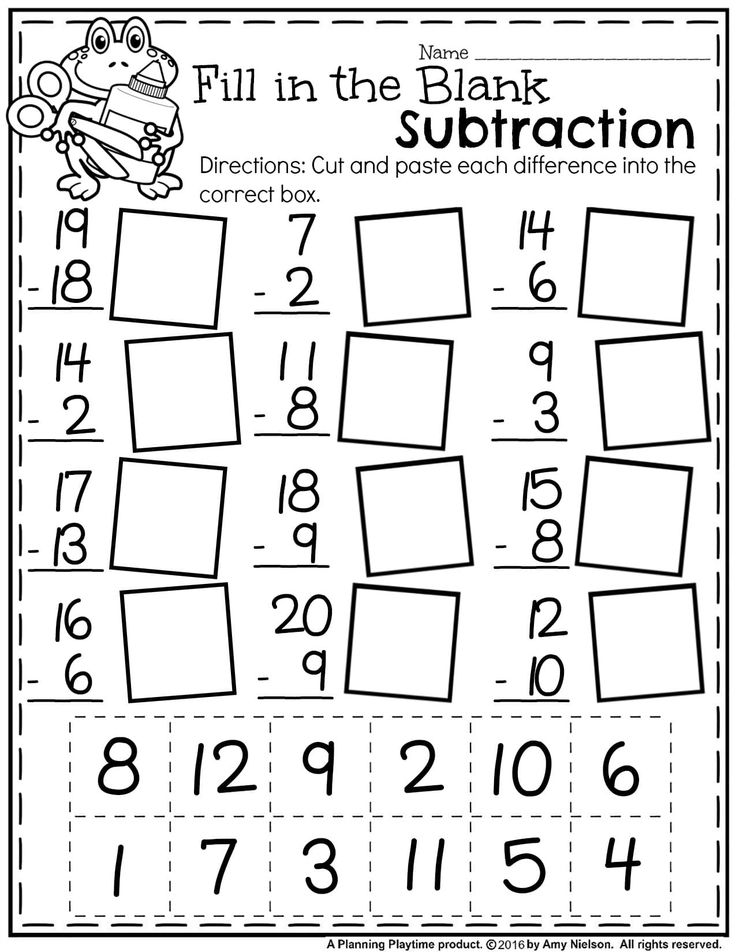
This is a tracing notebook we have used. I like this book because the letters are already there to trace, which saves me from having to make a ton of dotted letters by hand. And, the first page of each letter has arrows and numbers to show the hand strokes.
A lot of lined notebooks have just one letter for kids to trace and a bunch of blank lines for them to fill in the letter by memory. These are too advanced to start with, because they haven’t had enough practice yet to remember the motions.
My son needed to trace at least 10 of the same letter before really being able to draw it from memory. If blank lined paper is all you have, then you can fill in letters by hand. I dotted in one full line of capital B and one line of lowercase b.
Or, write the letters for them in pencil and have them trace over them with a marker.
A printable tracing workbook designed to be used side by side with the “Teach Your Child To Read In 100 Easy Lessons”
Update January 2020: We recently tried these new printable letter tracing pages with 100 pages of practice with my 4.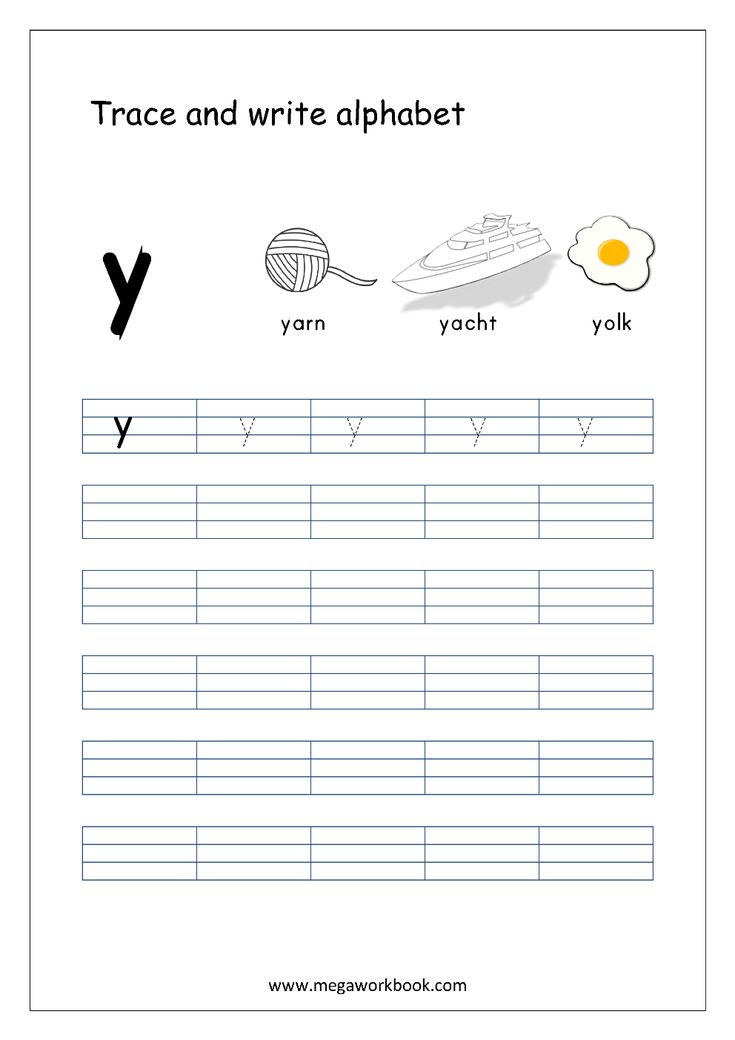 5 year old.
5 year old.
You may also love: Pros and cons of homeschooling: How to know if it’s right for you
Teach preschoolers to write their name
If you want to motivate your preschooler to write, then start with fun ways to teach them the letters in their name!
Kindergarten classes like to have kids able to write their name coming into kindergarten with the first letter being a capitol and the rest of their name in lowercase.
I found these awesome FREE printable name tracing worksheets and loved how easy it was to customize the font, size, you can even save the file to print over and over, or just bookmark the page.
We also love these dry erase letter tracing cards! They come in uppercase and lowercase.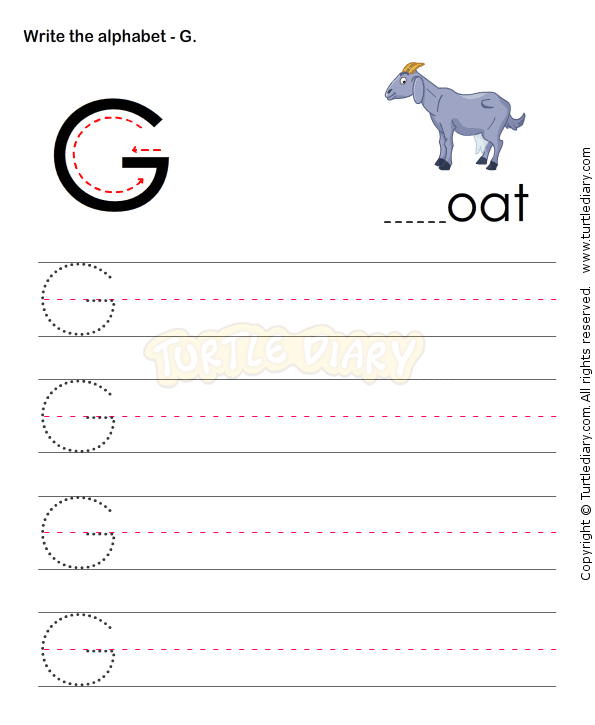 Note that if your child has two of the same letters in their name these ones only come with one of each.
Note that if your child has two of the same letters in their name these ones only come with one of each.
Be encouraging
While it’s easy to want your kid to do it right (and I do think the hand strokes are important), handwriting takes A LOT of practice. If they feel criticized and corrected instead of encouraged, they could easily be too frustrated to keep going.
I tried to use phrases like “That’s almost it! Make sure the b touches the middle line next time” or “Good start! Now try again making the loop a little more round.” I found encouragement worked better for my son (who gets discouraged easily) rather than saying, “don’t do that” or “the loops aren’t round enough.”
You may also love: Easy Preschool Treasure Hunt Activity To Teach Prepositions
Should you start with uppercase or lowercase letters?
Don’t worry too much about this.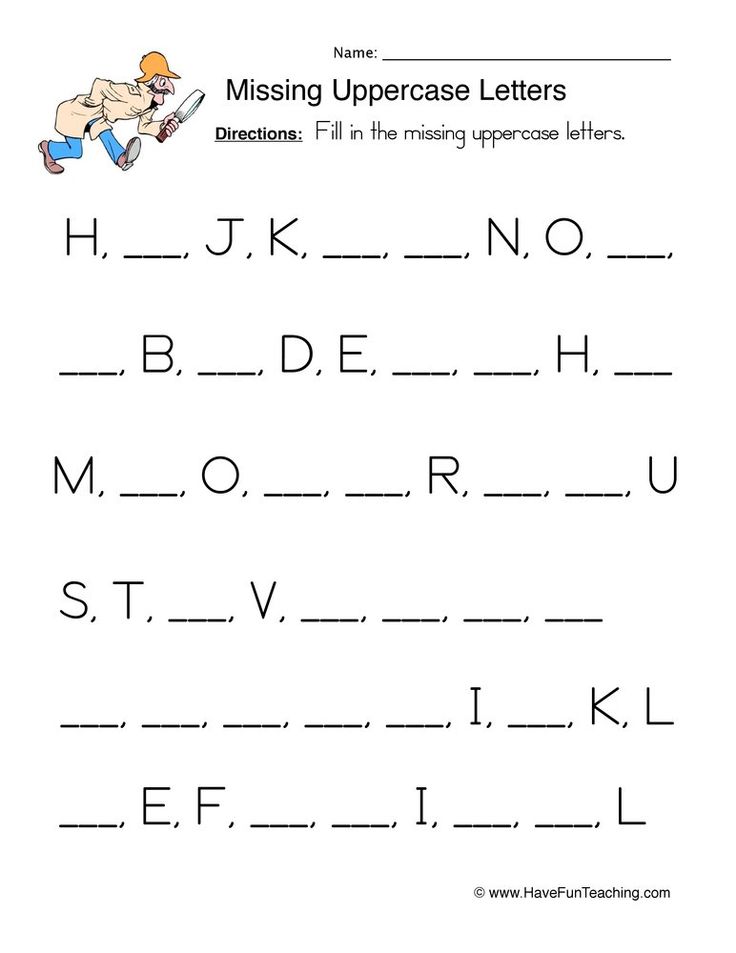
Some people start with all uppercase letters first and lowercase letters second, since uppercase letters are a bit easier.
It’s a good time to introduce that names are always spelled with a capital letter if that’s new to your preschooler. It’s also good when reading out loud to make the connection that every sentence starts with a capital letter.
Just want a handwriting curriculum?
I hope you see that for preschool level…you truly can teach your kid to write their name and learn to form letters.
But if you are like me and want something you can whip out once a day to practice that’s planned out for you…we are LOVING Handwriting Without Tears. It’s a SOLID program used by homeschoolers and in elementary schools.
This is their pre-k version called Kickstart Kindergarten. We buy the workbook and chalkboard. Nothing else, and you don’t need the teacher’s guide.
DO buy their official chalkboard and a pack of chalk snapped into 1 inch pieces.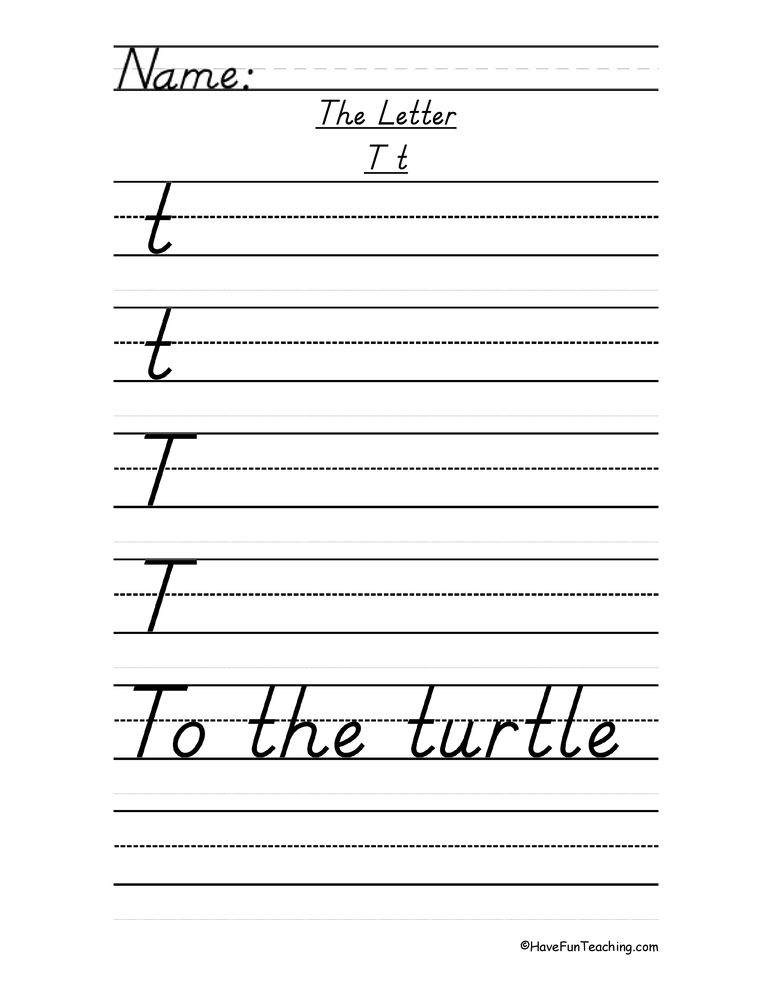 The smaller pieces encourage proper grip, and the chalkboard helps them write the BIG version of the letter and focus on which stokes come first.
The smaller pieces encourage proper grip, and the chalkboard helps them write the BIG version of the letter and focus on which stokes come first.
Then, using a tiny sponge cut up, they’ll erase it using the same chalk strokes getting to form the letter twice.
We are now using Handwriting Without Tears as our main way to teach letter formation
I actually am having my now 1st and 2nd grader go back and do the kindergarten and 1st grade levels.
Somehow they’d slipped into some wonky habits and were doing a lot of bottom to top letters, which isn’t great for neatness or speed or cursive later on.
They do 1-2 pages a day. The orange kindergarten book was so easy for my 1st grader she flew through it in 1 month. The boxes and letters are larger in that book than the 1st grade book. And there’s more repetition for each letter.
I feel good knowing they are reviewing letter formation, and it’s helping me to teach them things like bumping the top line and bottom line. Plus, I’m loving the memorable phrases like “Frog jump” for letters you have to pick up your pencil. Or “Magic c” for letters that begin with that curve.
Plus, I’m loving the memorable phrases like “Frog jump” for letters you have to pick up your pencil. Or “Magic c” for letters that begin with that curve.
I’ll probably gently introduce my 4.5 year old to letter tracing letters this year using sensory bins and play…and start him on Kick Start Kindergarten next year around age 5 or 5.5 towards the end of preschool. He has to be ready though, or I’ll wait. Sometimes preschool is just too early, especially for boys!
Handwriting mistakes to avoid
Forcing your kid to write before they are ready.Sometimes kids are capable but uninterested.
My philosophy is that if they are not interested, but capable, I don’t force it unless it’s something I deem necessary. I want my kids to be writing letters by Kindergarten (age 5.5-6). But, if they are 4 and uninterested, then wait 6 months and try again!
The majority of writing begins in the Kindergarten years anyway.
Doing worksheets before any pre-writing activities.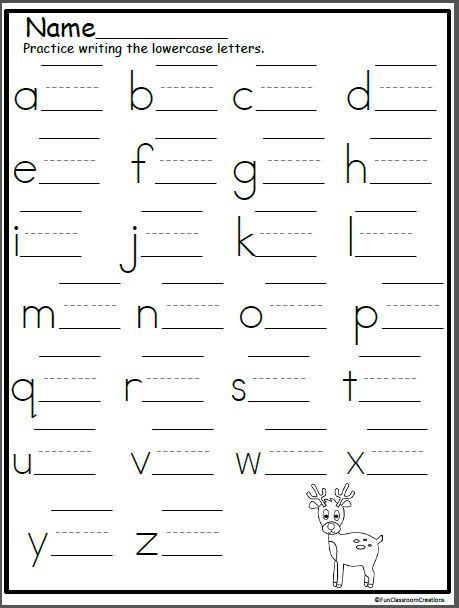
If they are interested in letters but can’t seem to follow directions to trace or copy, then back up and do some fun pre-writing activities.
I didn’t realize that “pre-writing” was an official thing, because kids naturally do some of these things first. Think drawing shapes and lines (my 3.5 year old currently draws mama as a big round circle with about 5 lines of hair).
Also coloring, holding a paintbrush, beading, drawing letters in the air, or anything that strengthens hand muscles and makes writing easier later on is considered pre-writing.
Letting them write or trace the wrong way.It can be a lot more work to correct a bad habit than to make sure they learn the strokes correctly the first time. I’m living this. You can’t hand them a worksheet and walk away. You’ll have to stay at watch till a habit is formed.
One of the most common mistakes I’ve seen all my kids try to do is write from bottom to top.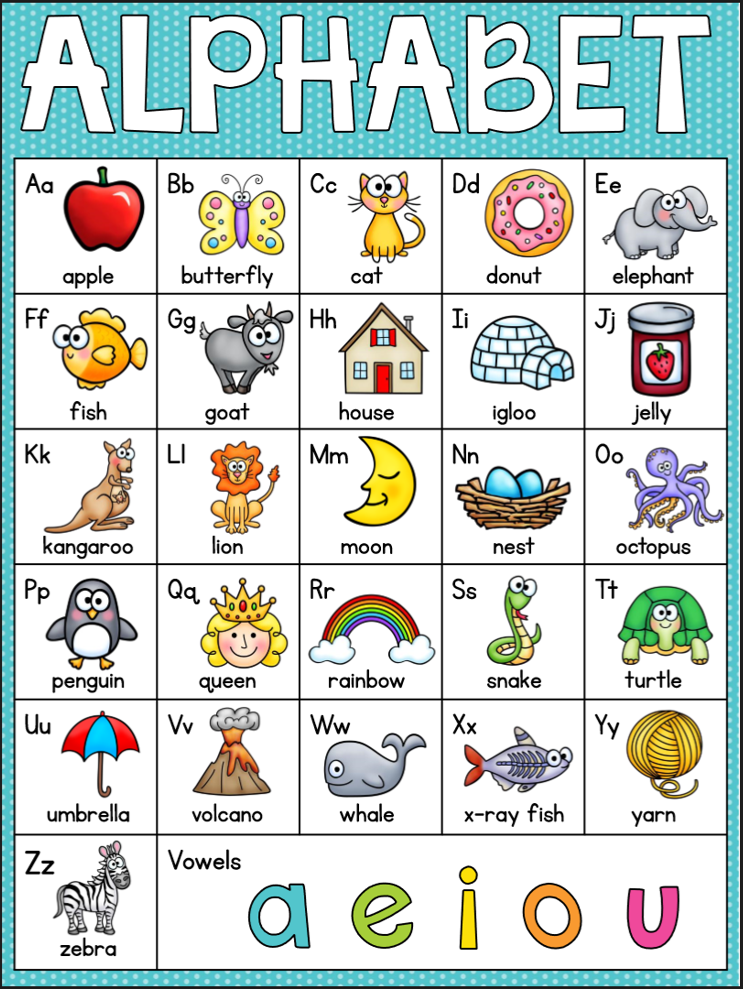
Some examples are writing the letter O starting at the bottom instead of top, or my son wanting to write the tail of the lowercase “g” in his name before circle on top.
You may also love: Teach your child to read at home in 100 easy lessons
How to teach a left handed child to write
My oldest is a clear lefty and my middle is a righty. There is not a huge difference when teaching them to write letters, so don’t be too intimidated!
- Make sure they have a proper pencil grip. I have them pinch the pencil with their thumb and index finger, resting the pen on their middle finer.
- Hold the pencil close to the tip for better control, but far enough away that they can still see what they are writing without having to bend their wrist all wonky.
- Tip the paper a tad, so the bottom right corner of the page is bit down. This is opposite of the way I tilt my page being right handed.

This is an excellent in depth post on Tips for teaching left handed kids to write if you want to read more.
You can teach your child to write at home
If you are beginning your homeschool journey and feel overwhelmed, know that you have what it takes to teach your child to write their letters! Homeschoolers have the freedom to go at their own pace, and it’s a great way to spend one on one time with your child.
If your child will be attending kindergarten, then there will be PLENTY of letter practice there. Or, consider doing kindergarten at home! Kindergarten teachers know that some kids can write many letters and others only some or none at all. They really try to meet kids where they are at!
Either way, helping your child to learn their letters at home will help them so much! What is one thing you worry about when it comes to teaching handwriting? Let me know in the comments!
Follow Blue and Hazel on Instagram!
Posts you may also love
- Practicing prepositions with a fun treasure hunt activity
- Best dinosaur gift ideas for toddlers and preschoolers
- Reduce screen time and get your kids to play again
- 17 Time saving tips for moms with toddlers
- 8 Things I’ve cut out to be less busy as a mom
- Teach your child to read in 100 Easy Lessons review
- 15 chores for 5 year olds that are actually helpful and teach responsibility
648 shares
Learning to write block letters of the Russian alphabet.
 Trainer
Trainer Electronic library
Raising children, today's parents educate the future history of our country, and hence the history of the world.
- A.S. Makarenko
Learning to write block letters of the Russian alphabet. Trainer
- A
- B
- B
- G
- D
- E
- Yo
- F
- Z
- and
- Y
- K
- L
- M
- H
- O
- P
- R
- C
- T
- W
- F
- X
- C
- H
- W
- W
- b
- S
- b
- E
- Yu
- I
- Tasks
This section contains a simulator that teaches preschoolers 5-6 years old how to write the correct block letters of the Russian alphabet. The simulator consists of a collection of developing children's recipes, arranged in alphabetical order on colored tabs.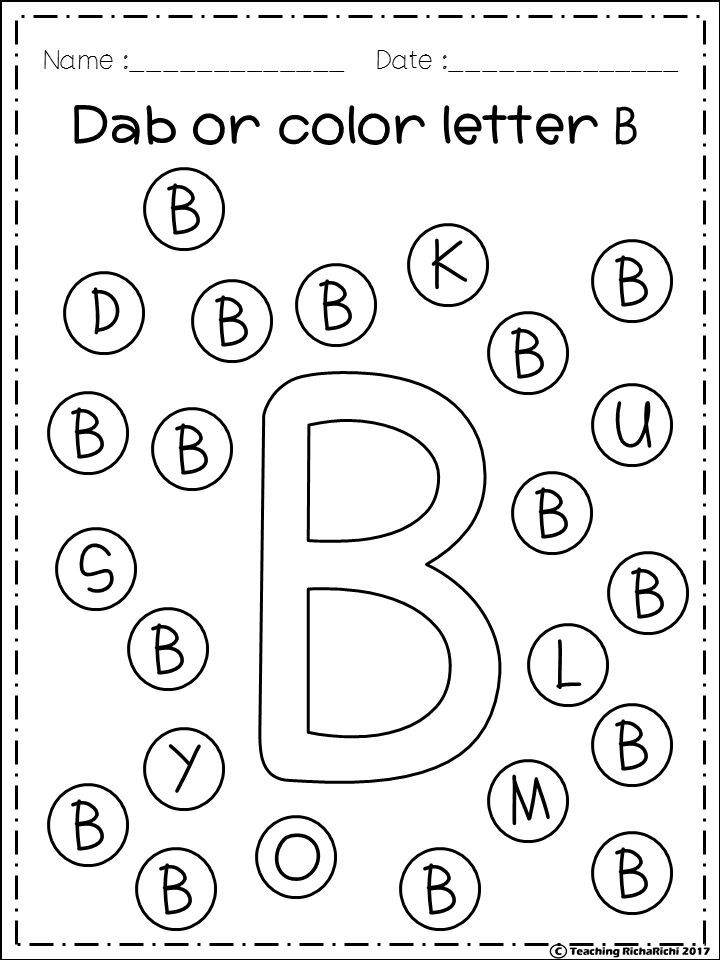
Red tabs contain copybooks for studying vowels, blue tabs for studying consonants, gray tabs for studying separating marks. The green tab contains developmental tasks and exercises for consolidating and practical application of writing skills in block letters.
Printing is part of learning to read and write early. This lesson develops attention, fine motor skills, graphic skills, promotes better memorization of the alphabet and improves literacy.
By completing developmental tasks and exercises, the child will get acquainted with block letters, learn how to write them, and also learn the Russian alphabet.
You can print as many copybooks as you need to repeatedly practice writing letters, reinforce your skills, and get a successful learning outcome.
Here various methods of teaching writing in block letters are proposed, which allows you to individually select the most suitable option for your child or put into practice all the proposed methods, making the learning process more interesting and varied for a preschooler.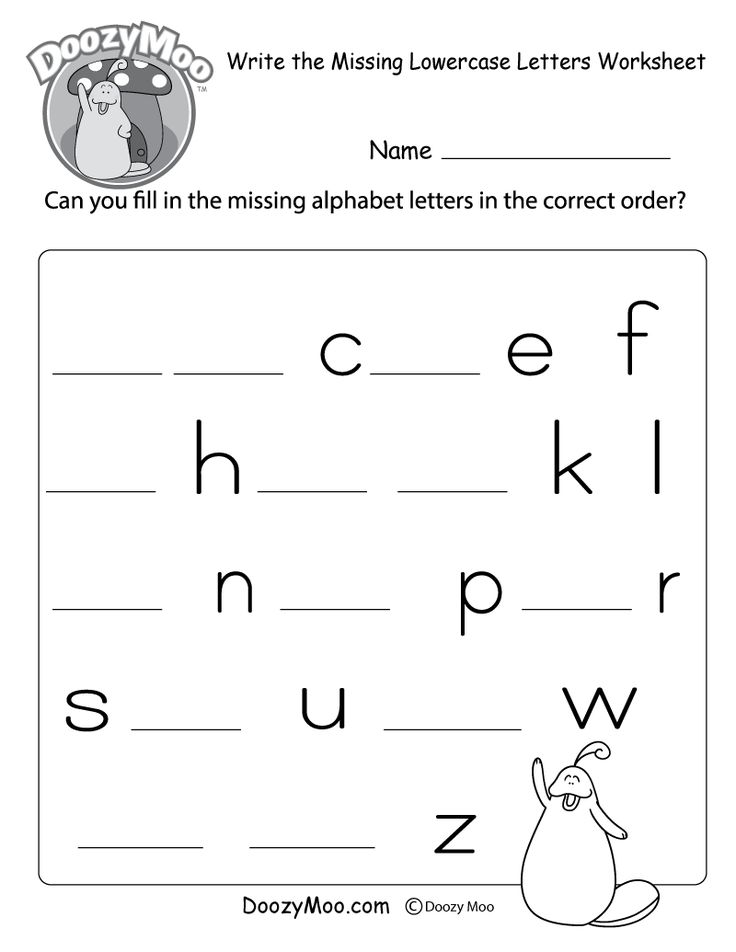
Tips for working with spelling:
- Let's learn the vowels first. They are simpler and easier to pronounce and remember, at this stage of learning there are no problems even for children with speech disorders. Letters denoting the same vowel sound are recommended to be studied in pairs A - I, O - E, U - Yu, E - E, Y - I.
- After vowels, we study consonants. The sequence of study does not matter. As a rule, the letter P and other letters, the pronunciation of which is still difficult for the baby, are studied at the end. It is not recommended to study paired consonants in a row (B - P, G - K, D - T, Z - C, V - F, F - W) - it is difficult for a child at this age not to confuse them by ear.
- There are different approaches to the order of learning the letters, so you can use another, in your opinion, the most acceptable variant of the sequence of letters.
- Practice with your child for no more than 15 to 20 minutes.
- When completing tasks, the preschooler should hold the pen or pencil correctly, without straining the fingers too much.

- It is very important to properly organize the child's workplace: be sure to pay attention to whether it is comfortable for the child to sit at the table, and also where the light source is located. For right-handers, the lamp should be on the left side, and for left-handers, on the right.
- Don't forget to praise your child, even if he doesn't do well on tasks. From classes, a preschooler should receive only positive emotions. This is a prerequisite for further successful learning.
- Remember that learning should be in the form of an exciting game. In no case should a child be forced to fill out prescriptions - this can consolidate an aversion to learning to read and write for many years.
* 9 methods were used to create the simulator0119 VG Dmitrieva , O.S. Zhukova , M.O. Georgieva , M.P. Tumanovskaya .
- Views: 596576
Children speak
| "The body needs proteins, fats, carbohydrates and hugs" - Katya, 7 years old |
New
- Lego speech games
- Neurologopedic prescriptions.
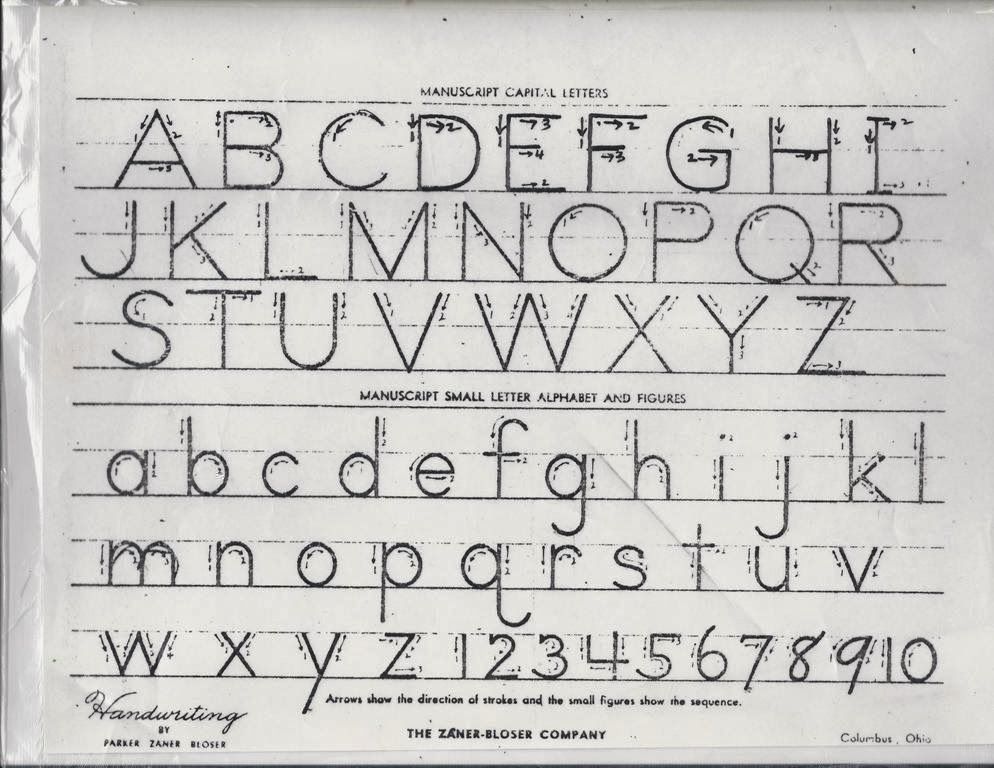 Learning to read and developing speech
Learning to read and developing speech - Become a letter! Dynamic pauses in teaching literacy to preschoolers and younger schoolchildren
- 7 Inexpensive Educational Gifts for Kids
- Speed reading for kids and more
Recommended
Prescriptions for children
| Preparing for school | |
| Hand development | |
| Teaching writing | |
| Interesting tasks | |
| Modern techniques |
Privacy policy
Learning to write the written letters of the Russian alphabet during the period of learning to read and write: simply about the complex.
Author: Bogdanova Olga Nikolaevna, primary school teacher
Thirty-six years have passed since the day when I first wrote the words “write beautifully” in my students' notebooks.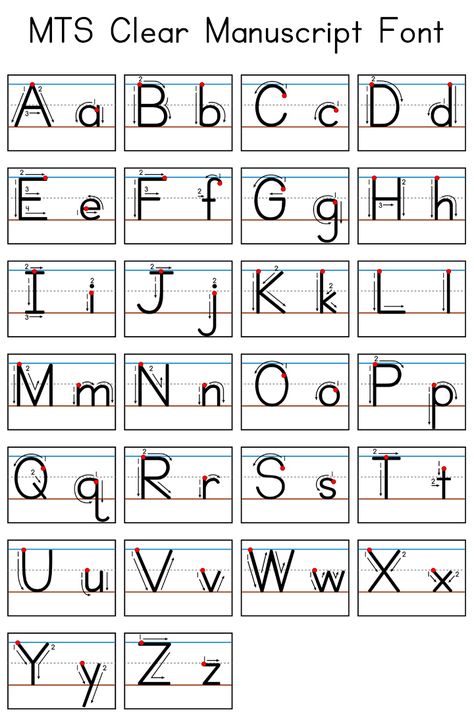 Even then I realized that many children, following only the tasks of a special notebook for learning to write “Propis”, experience great difficulties in writing the first written letters of the Russian alphabet. My understanding of the importance of a student's beautiful handwriting for his successful studies in high school contributed to the search for additional methods to overcome this difficulty.
Even then I realized that many children, following only the tasks of a special notebook for learning to write “Propis”, experience great difficulties in writing the first written letters of the Russian alphabet. My understanding of the importance of a student's beautiful handwriting for his successful studies in high school contributed to the search for additional methods to overcome this difficulty.
Meeting my new first grade in September 2021, I thought about how important it is for today's first graders to learn how to write beautifully. In today's world, the keyboard has replaced the pen. And only the school remains the only place where a person has to write a lot by hand. There is an explanation for this. Handwriting is a complex complex activity that is involved in the development of the human brain. Pressing the keys does not give such a developing effect. Writing by hand causes the areas of the brain that are responsible for working memory, speech, spatial functions, and the ability to switch to move.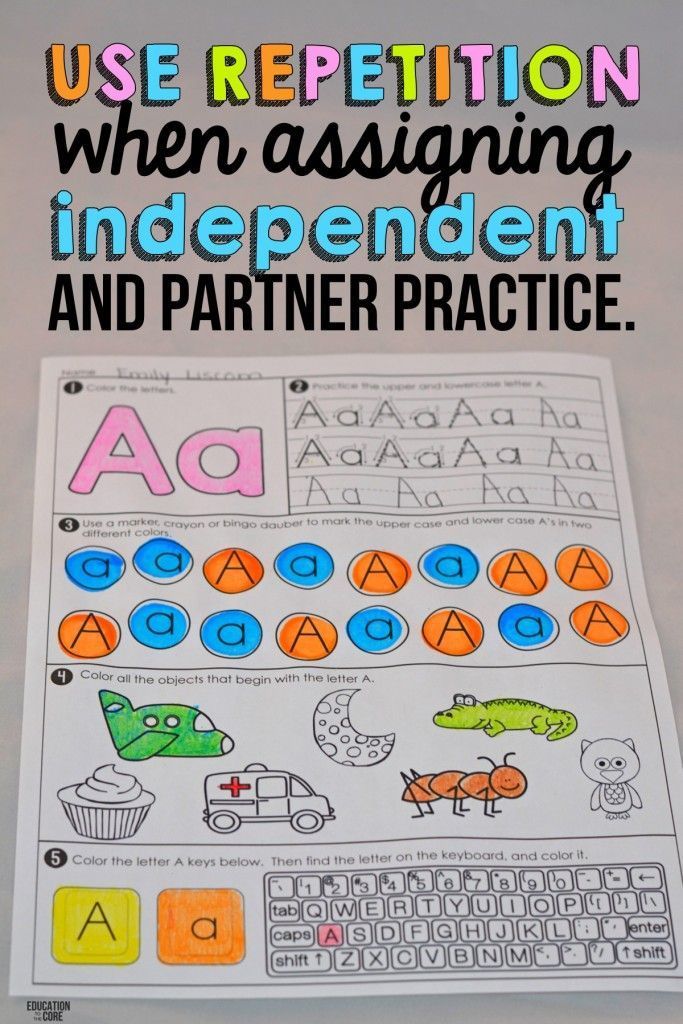 Therefore, as in the beginning of my teaching career, I continue to teach children to write beautifully. Of course, at present, when teaching children to write, I take into account the genetic characteristics of the handwriting of each child. And by the words "write beautifully" I mean readable and neat handwriting of children.
Therefore, as in the beginning of my teaching career, I continue to teach children to write beautifully. Of course, at present, when teaching children to write, I take into account the genetic characteristics of the handwriting of each child. And by the words "write beautifully" I mean readable and neat handwriting of children.
In my article, I want to share my methodological developments on the topic "Teaching writing of written letters of the Russian alphabet during the period of literacy." By "just about hard" I mean the techniques I use when teaching children to write from the first written letters to their readable and neat handwriting. How difficult this path can be understood by looking at the work of children with the first written letters of the Russian alphabet in their notebooks.
Currently, there are recipes of different authors for teaching children to write. But I think that acquaintance with each new letter in any script goes according to the following algorithm:
analysis of a new letter - observation of its elemental composition;
new letter letter;
writing syllables with a new letter;
writing words with a new letter;
offer letter.
In practice, I was convinced that six to seven lines of writing for working with a new letter are very few for the formation of a beautiful handwriting in a child, taking into account the fact that almost a third of these lines are letters along the contour. I am very careful about the letter on the contour. Since I think that most of the children outline the contour without reading the words, like a pattern.
In addition, repeating tasks on the pages of copybook cease to arouse interest in children. Therefore, in addition to writing in cursive, I use tasks that, in my opinion, make it much easier for children to master the rules for writing letters of the Russian alphabet and arouse their interest in writing in written letters.
These additional techniques help children:
learn to write letters in words with the same slope, at the same distance from each other, the same height;
learn the correct continuous spelling of letters and syllables - where to start and where to end, in which direction to lead the pen, where to make a break in writing a letter; how to connect letters in a syllable.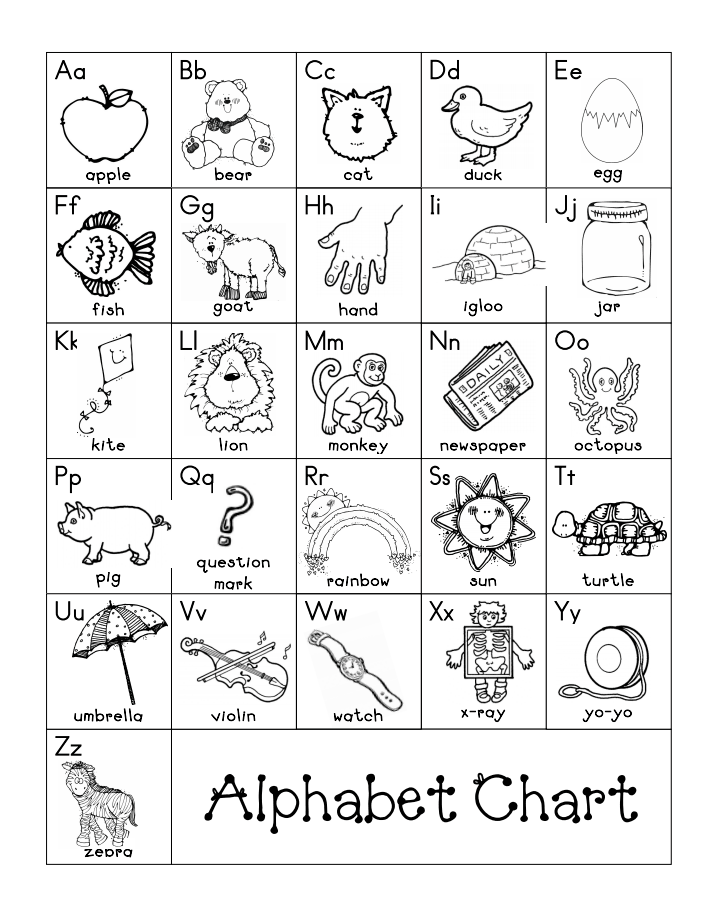
I do not single out more or less significant methods for the formation of handwriting in children and consider only their additional complex application to copybook tasks when teaching writing letters to younger students.
Construction of a letter from its elements
Before writing letters on the first pages of copybook, children get acquainted with the elements of letters that are often repeated in writing letters of the Russian alphabet:
straight oblique stick;
straight inclined stick with rounding;
stick with two rounded top and bottom;
straight inclined stick with loop;
oval;
semi-oval.
In the future, it is important that children see these elements in letters, so that they can write a letter with their help. Therefore, during the initial analysis of each letter, I always ask the children: “How many elements are in the letter?” Then I ask you to name and show the first element of the letter, the second .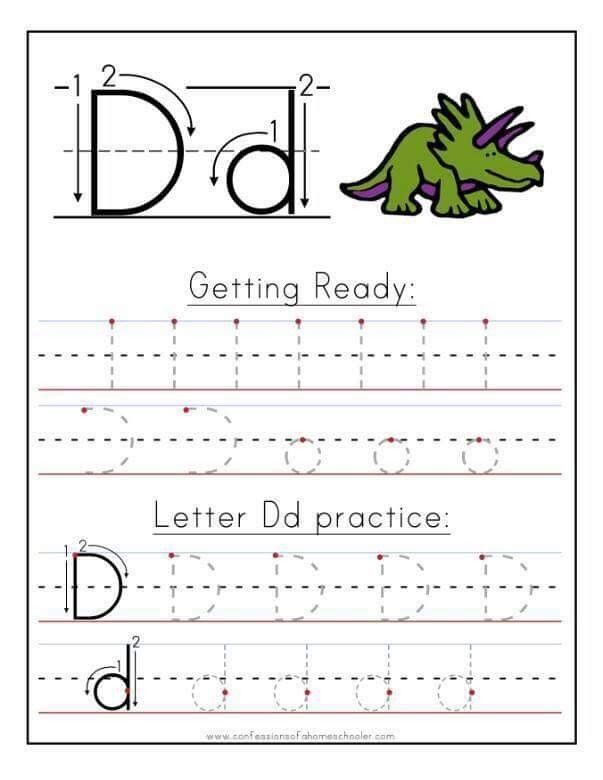 ..
..
On the pages of the recipe, you can see visual material on how children learn the composition of a letter from its elements. But not all children can imagine this in practice. Especially when meeting with the first written letters. Therefore, it is very useful when analyzing a new letter to assemble it from the elements on the board. For the manufacture of letter elements, I use printing paper. Elements made from such paper are easily attached to a wet board.
For example:
Elements of the lowercase written letter a - rounded stick and oval.
We fix the first element of the letter oval on the board.
Then add the second element of the letter stick with rounding.
The letter is ready!
Videos to help
After children have mastered the elemental composition of a letter, it is very important to show the children how to write it without interruption.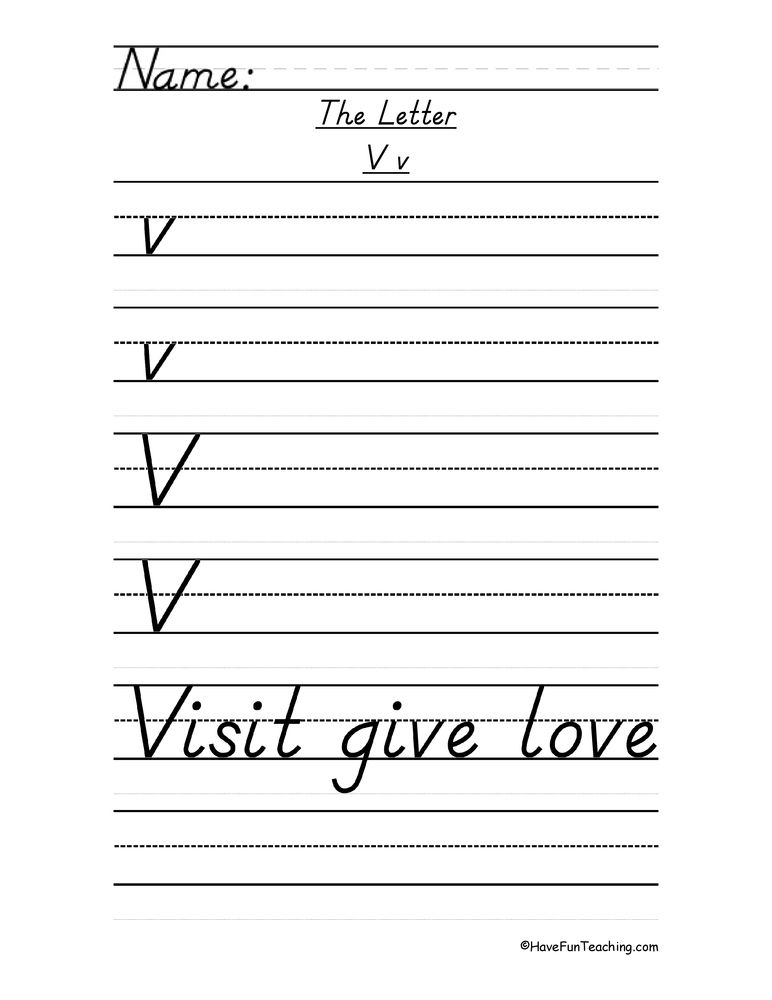 This can be done by the teacher using chalk on the blackboard. But you can replace the teacher's demonstration with watching a video, which is posted in large numbers on YouTube.
This can be done by the teacher using chalk on the blackboard. But you can replace the teacher's demonstration with watching a video, which is posted in large numbers on YouTube.
We write in the air
After showing the children the correct spelling of a letter, I suggest writing it in the air. To do this, picking up a pen and presenting a sheet of paper in front of our eyes, we write it in the air. We do this exercise with children 2-3 times.
We write with a thread
You can also work on writing letters without interruption with the help of a thread, inviting children to make the thread look like a letter. It is very important to note that just as the thread does not break anywhere when writing a letter, so you should not tear your hand away when writing it. But in Russian there are letters in the writing of which there is a gap between the elements.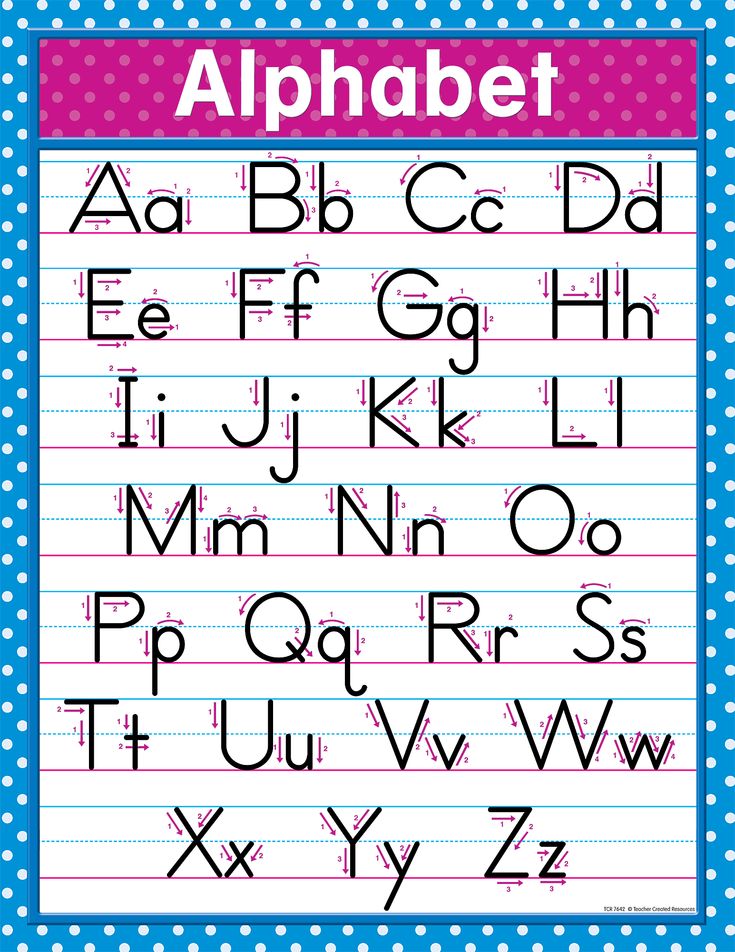 In this case, we tear off part of the thread and add the next element.
In this case, we tear off part of the thread and add the next element.
Writing through cellophane
Children can practice writing a letter, syllable, word before writing in copybook using a regular cellophane rectangle. To do this, we impose a cellophane rectangle on a letter, syllable, word written in cursive, and circle it. You can do this exercise 2-3 times with each letter or word. At the same time, children are not so worried and worried that they will write the letter incorrectly, as when writing letters right on the copybook page. And after such an exercise, they write more confidently in the copybook.
Pea letters
Also, for children to learn that most of the letters of the Russian alphabet are written without interruption, and only when writing some of them, a separation is made, you can assemble a letter from peas, fixing the peas on a plasticine base. When doing work, it is important to emphasize that if one or more peas roll off, then the letter may crumble.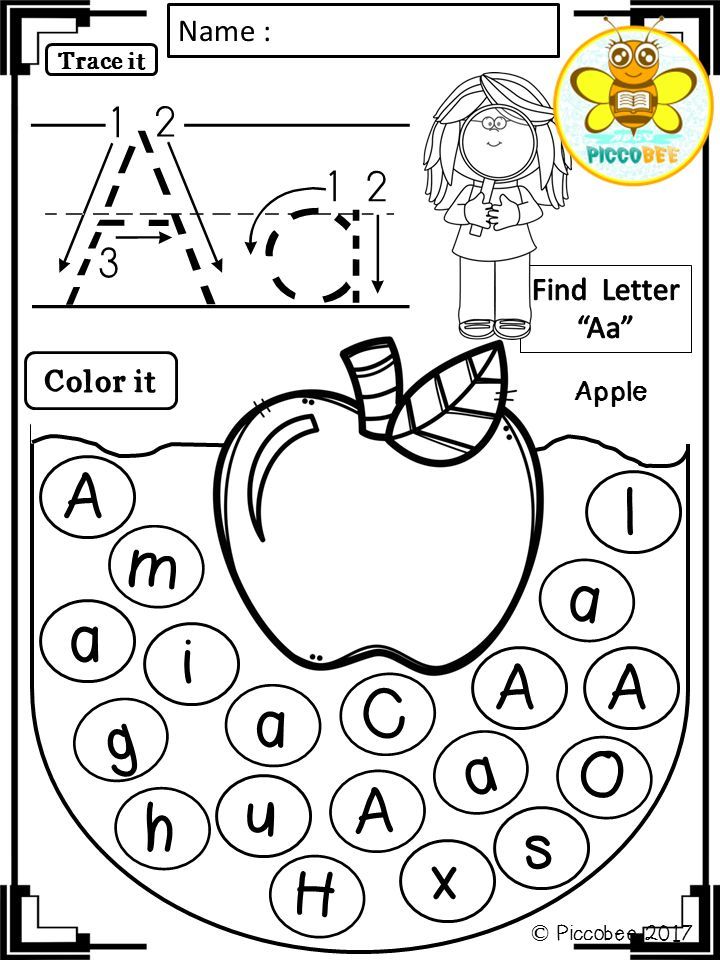
Hatching pictures
Taking into account the fact that the written letters of the Russian alphabet are written obliquely, and children do not get oblique letters right away, it is very useful to hatch pictures with children with oblique lines going from top to bottom or from left to right . Also, this exercise is useful for practicing writing with round lines.
I download hatching pictures from the Internet and reduce them to the required size. Usually I make the size of the sides of the rectangle on which the picture is printed, from 5 cm to 10 cm. We always shade the picture with pens, since writing with a pen requires special pressure on the tip of the rod.
Writing on the teacher's model
To do this, I prescribe a new letter, syllables and words with a new letter in notebooks in a narrow line for additional writing during after-school hours. Of course, I expect the children to complete such tasks at will, since education is in the 1st grade without homework.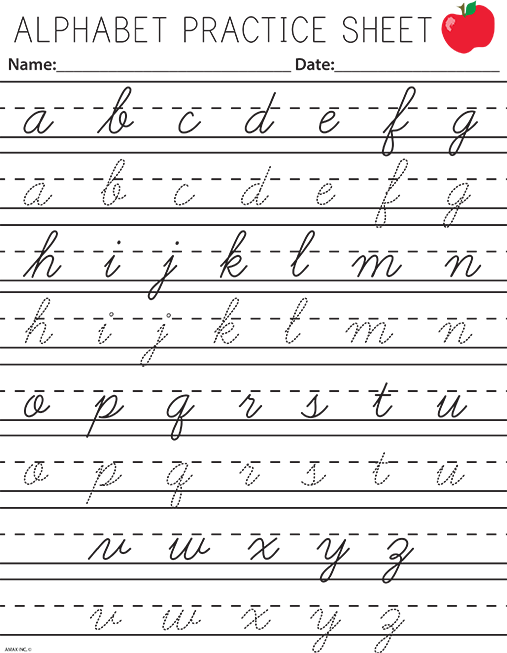
|
|
|
|
| I encourage children to complete such tasks with stickers. Children are always waiting for new tasks and are happy to accept a notebook from me in anticipation of a sticker! Well, I always try to find something to praise the child for! |
Copying printed texts in written letters
Perhaps this is the most difficult type of work when teaching children to write, when children have to copy text written in written letters. But if children are not taught this during the period of learning to read and write, then at the very first lessons of the Russian language, children are lost, since there are no such tasks in the copybook. Therefore, already from the first lessons of writing, I give children tasks of this type. First, these are small texts of two to three sentences, two to three words each.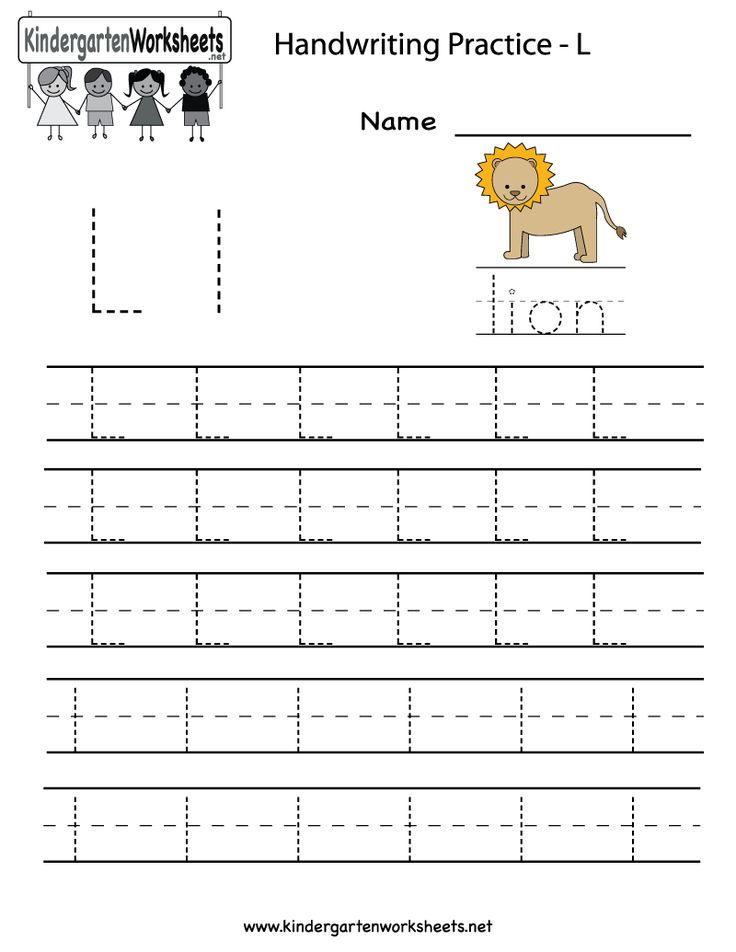 Then the texts are more voluminous.
Then the texts are more voluminous.
It is very important that children have the opportunity to see the written letters of the Russian alphabet when copying the text. In case they forget how a letter is written, they would have the opportunity to look and remember its spelling. I always have a poster with the alphabet hanging in my office. Be sure to talk to the guys before writing in a notebook how to sit at a desk, hold a pen while writing. It has become a tradition to start a letter in a notebook with the words:
I will open the notebook
And I'll put it down,
I won't hide it from you, friends,
I'm holding the pen like this.
I'll sit up straight, I won't bend,
I'll get to work.
Multi-colored letters
Children often make incorrect combinations of letters when copying the first printed texts in written letters.
To solve this problem, I show the connections in colored letters.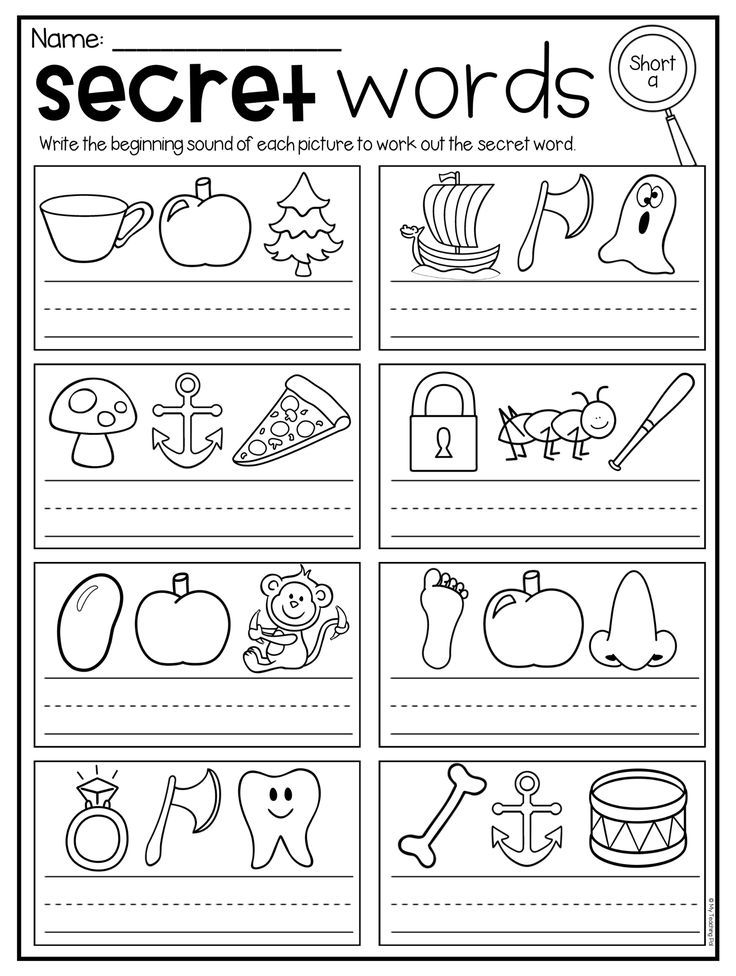 This can be done on the board using colored crayons. And you can for a larger demonstration using a presentation. But in the latter case, you will need a projector, screen, laptop or computer.
This can be done on the board using colored crayons. And you can for a larger demonstration using a presentation. But in the latter case, you will need a projector, screen, laptop or computer.
Conclusion
I want to show how the handwriting of the smallest student changed during the school year. At the time of entering the school, the girl was 6 years 7 months old.
October
December
February 9000 9000 9000 9000 9000 9000 9000 9000 9000 9000 9000 9000
208
March
April
May
Of course, not all children are quite beautiful at the time of grants. Therefore, I will continue to work on the formation of beautiful handwriting in children after a minute of calligraphy at the beginning of each Russian lesson.

